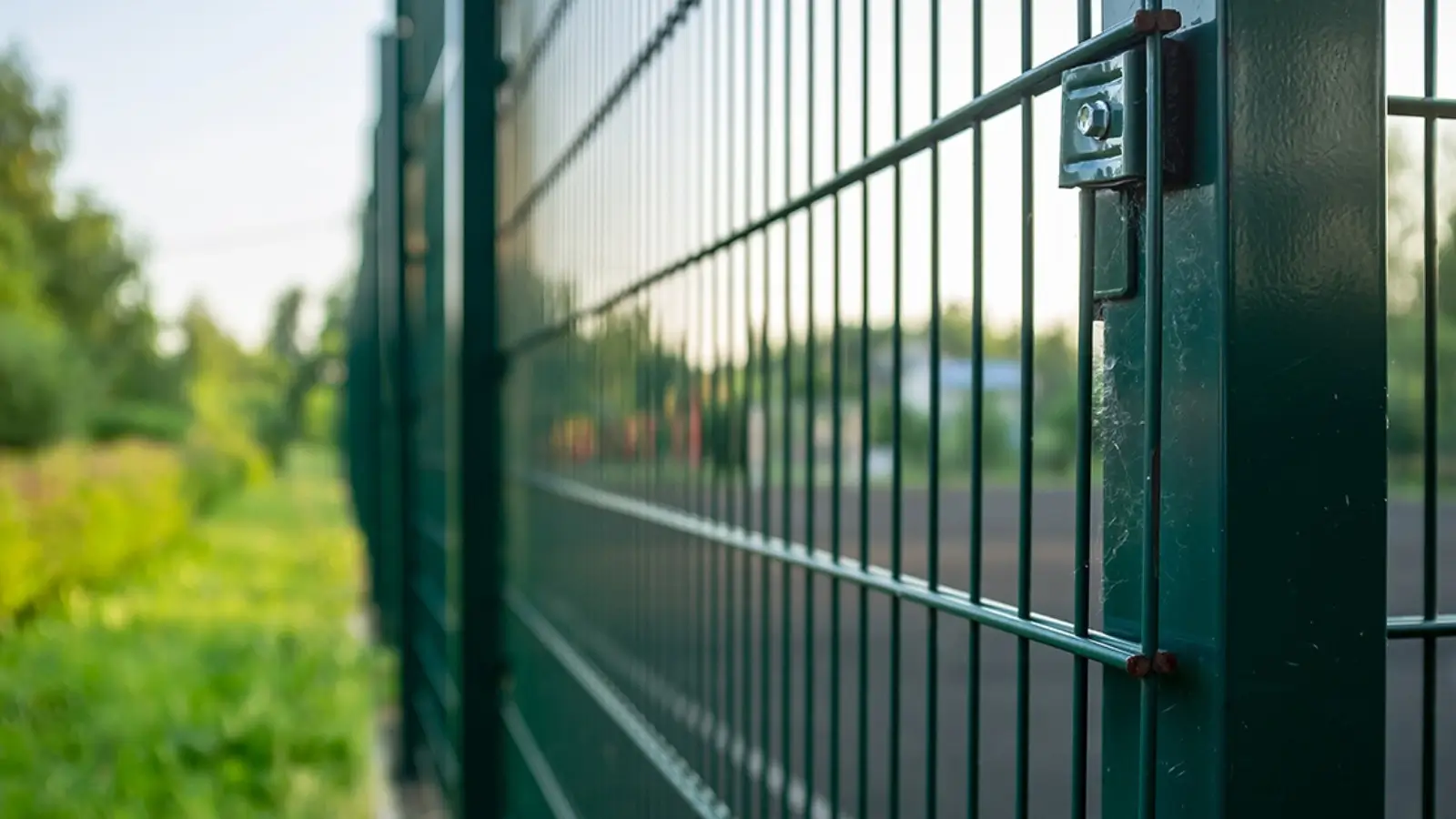


Trust serves as the foundation for any industry, but within the perimeter security sector, it becomes the bedrock upon which everything else is built. Clients, governments, and communities place their confidence in providers who demonstrate reliability, foresight, and resilience. A failure in trust can compromise not only a single system but also the lives and infrastructure that depend on it. To lead globally in perimeter security means understanding the stakes and consistently delivering solutions that are beyond reproach. Leadership is not measured only by the technology deployed but also by the assurance that systems will perform when required. Building this reputation requires strategic investments, transparent communication, and proven performance.
Global trust does not come overnight; it is earned through decades of experience, consistent delivery, and an unwavering commitment to safety. The perimeter security industry faces challenges ranging from terrorism to evolving cyber-physical threats. Only leaders who blend innovation with credibility rise to the forefront. This leadership also extends to integrating sustainability and cost-effectiveness while never compromising safety. The demands of international clients require providers to meet and exceed standards across multiple regulatory landscapes. Ultimately, success in this field depends on aligning expertise, vision, and integrity to ensure confidence from stakeholders at every level.
Global leaders in perimeter security set themselves apart by prioritizing innovation while addressing real-world challenges. Innovation is not about adding unnecessary complexity but about delivering smarter, more adaptable systems that meet diverse client needs. For example, integrating intelligent monitoring into traditional perimeter defenses allows for quicker threat detection and response. By combining human oversight with advanced technologies, security systems become proactive rather than reactive. This balance ensures both effectiveness and cost-efficiency in safeguarding critical assets. Clients recognize leadership when providers continuously evolve their offerings to stay ahead of threats.
Equally important is a commitment to research and development, which keeps organizations at the cutting edge. Leaders in the industry invest in technologies that anticipate future risks rather than just addressing present concerns. This proactive mindset reassures clients that their infrastructure will remain protected even as threats evolve. It also sets a precedent that security is never static; it is a dynamic, ongoing process. Partnerships with technology developers and global security agencies reinforce these advancements. As a result, leadership through innovation builds credibility and lasting trust.
Infrastructure plays a critical role in building confidence in perimeter security systems. Robust physical measures ensure that access points remain secure under pressure, whether in civilian or military environments. Engineering excellence is evident when barriers and detection systems withstand both intentional and accidental breaches. Clients demand proof that every aspect of their security framework will hold up in real-world conditions. This focus on engineering ensures reliability not just on paper but in practice. Confidence comes when infrastructure delivers consistent, predictable performance.
For example, implementing cable barriers in critical areas enhances both safety and control. These systems are valued not only for their strength but also for their adaptability to different terrains and environments. Their ability to mitigate impact while maintaining access control underscores their effectiveness. Leaders who engineer solutions like these prove their expertise in designing systems tailored to client needs. Confidence is achieved through evidence-based performance and real-world application. Ultimately, the strength of infrastructure is a direct reflection of the trust clients can place in a provider.
Operating as a leader in perimeter security requires adherence to international standards and compliance regulations. These standards ensure consistency, safety, and interoperability across diverse environments and industries. Global clients look for providers who demonstrate mastery of both local and international requirements. Meeting these benchmarks is not optional; it is essential for credibility and trust. Providers who fail to comply risk exclusion from critical projects and potential reputational damage. Leadership in this area requires diligence, foresight, and adaptability.
One example of this is the application of cable barriers on highways to meet both safety and regulatory demands. These installations reflect not only a commitment to security but also to compliance with government and international standards. By integrating such solutions, providers assure stakeholders that their projects meet or exceed requirements. Leadership is shown not just in meeting standards but in anticipating future updates and evolving regulations. This proactive approach demonstrates reliability in a rapidly changing global environment. Consistent adherence to regulations reinforces a reputation for excellence.
The landscape of threats continues to evolve, and leaders in perimeter security must adapt quickly. Terrorism, organized crime, and geopolitical instability demand constant vigilance. Systems that worked a decade ago may no longer be sufficient against modern tactics and technology. Leadership in this space requires agility, with providers able to pivot strategies and solutions as conditions change. Global clients depend on these leaders to forecast risks and act preemptively. Being ahead of the curve differentiates true leaders from reactive competitors.
Advanced solutions such as the drop arm barrier illustrate this readiness to respond to new challenges. These systems are designed to withstand severe impacts and effectively prevent unauthorized entry. Their adaptability across different sectors highlights their versatility and reliability. Integrating such tools demonstrates foresight and commitment to evolving security needs. Clients gain reassurance when providers implement proven measures against today’s complex threats. Responsiveness to emerging challenges cements leadership on the global stage.
Global leadership in perimeter security is defined by more than just technical expertise; it is about building lasting trust. Innovation, sustainability, compliance, and partnerships are all crucial elements of this trust. Clients rely on leaders who can deliver dependable systems while adapting to an evolving threat landscape. Each solution deployed reflects a promise of safety, reliability, and foresight. Leaders who consistently honor that promise rise above the rest. Their influence extends beyond single projects to shape global expectations for safety and reliability.
Global trust matters more than ever. Perimeter security providers must understand that their role goes beyond physical barriers; they are guardians of lives, assets, and communities. Achieving leadership requires dedication to performance, transparency, and sustainability. Only those who integrate these values into every project can secure long-term trust from clients and communities. Global leadership in perimeter security is not just an industry milestone, it is a responsibility. Those who embrace this responsibility set the standard for the future of security worldwide.